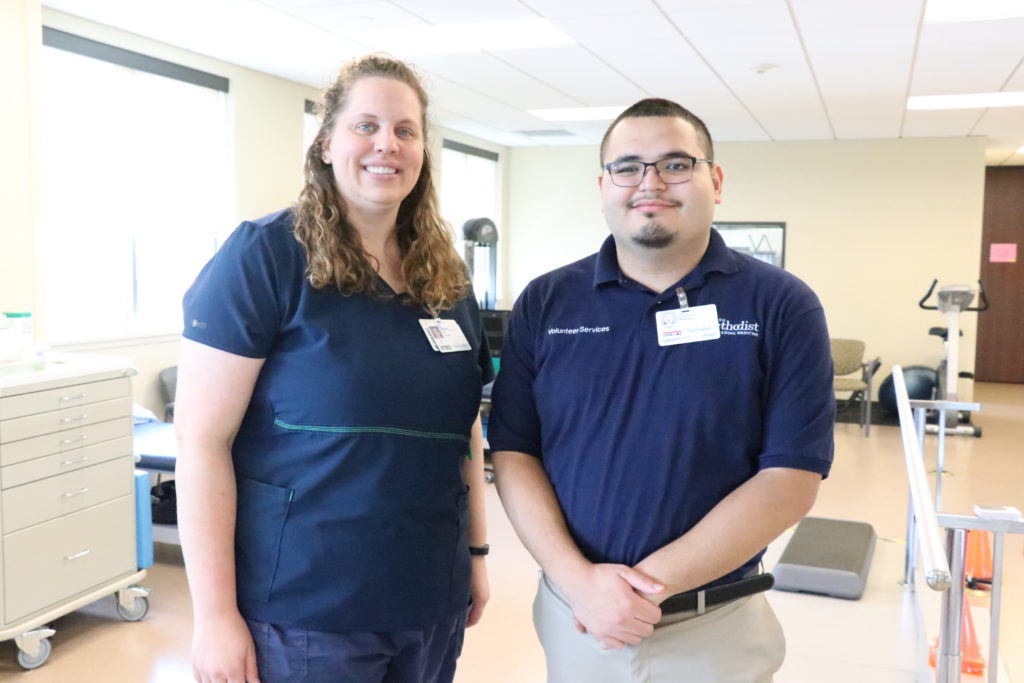
What is Neurodiversity?
Neurodiversity is the biological reality that there is a limitless variation in neurocognitive functioning across the population. It is estimated that more than 1.2 billion individuals identify as being neurodivergent (having thinking styles that are different from the “typical” population) including ADHD, dyslexia, learning differences, and autism.
Although the Center for Disease Control continues to lower the prevalence rate of individuals in the US as being on the autism spectrum, in reality, this number is actually closer to 1:45 according to epidemiologists. It is imperative to embrace cognitive styles of problem-solving, lateral thinking, and creativity to bring this talent into the workplace. If we are excluding individuals on the autism spectrum and other forms of cognitive differences from the workplace, we are losing brilliant minds and society is losing opportunities for innovative solutions to problems across the globe.
In a traditional work setting the adults on the autism spectrum are often underemployed or unemployed, with some estimates suggesting that the unemployment rate is as high as 85 percent.
Embracing Neurodiversity
At Spectrum Fusion, we believe in embracing cognitive differences and unleashing the potential of adults on the autism spectrum, to create a powerful and neurodiverse workforce. We are not alone. Companies around the globe now realize the economic advantages and the enormous value of hiring neurodivergent adults. Companies including Microsoft, SAP, Ford Motor, DTX, and Hewlett-Packard Australia, and Ultra Testing have developed programs to attract the talent of these individuals.
We are now fostering collaborations in Houston and developing highly specialized programs to attract, hire, and retain a neurodiverse workforce. The program restructures the interview process and streamlines the onboarding, job training, and mentoring processes to create environments that are conducive to a variety of cognitive strengths and styles. We are also listening to the autistic voice and bringing input from adults on the spectrum who have either left the workforce or want to join the workforce – or both.